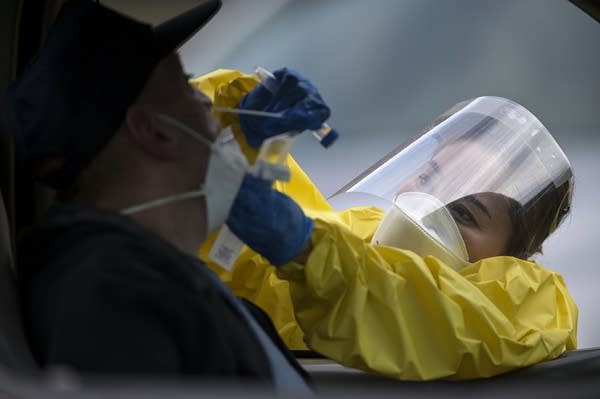What is contact tracing, and how does it work with COVID-19?

Elizabeth Santoro, a medic with the Minnesota Air National Guard 133rd Medical Group, administers a free COVID-19 test to Thomas Harmon, 61, of Robbinsdale, Minn., at the Minneapolis Armory on Saturday, May 23, in Minneapolis.
Aaron Lavinsky | Star Tribune via AP
Go Deeper.
Create an account or log in to save stories.
Like this?
Thanks for liking this story! We have added it to a list of your favorite stories.


